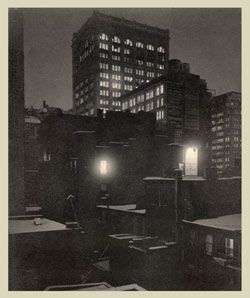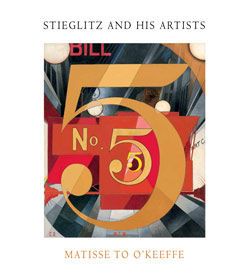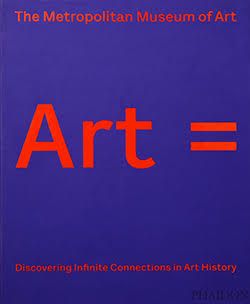The Steerage
Alfred Stieglitz American
Not on view
As proprietor of the Little Galleries of the Photo-Secession and publisher of the photographic journals Camera Notes and Camera Work, Alfred Stieglitz was a major force in the promotion and elevation of photography as a fine art in America in the late nineteenth and early twentieth centuries. The Steerage is considered Stieglitz's signature work, and was proclaimed by the artist and illustrated in histories of the medium as his first "modernist" photograph. It marks Stieglitz's transition away from painterly prints of Symbolist subjects to a more straightforward depiction of quotidian life.
The Steerage began its life as a masterpiece four years after its creation, with Stieglitz's publication of it in a 1911 issue of Camera Work devoted exclusively to his photographs in the "new" style, together with a Cubist drawing by Picasso. Stieglitz loved to recount how the great painter had praised the collagelike dispersal of forms and shifting depths of The Steerage. Canonized retroactively, the photograph allowed Stieglitz to put his chosen medium on par with the experimental European painting and sculpture he imported and exhibited so presciently at his gallery. In 1915, he lavishly reprinted the image in large-scale photogravure on both vellum and japanese paper for inclusion in his last magazine, 291.
This image cannot be enlarged, viewed at full screen, or downloaded.




